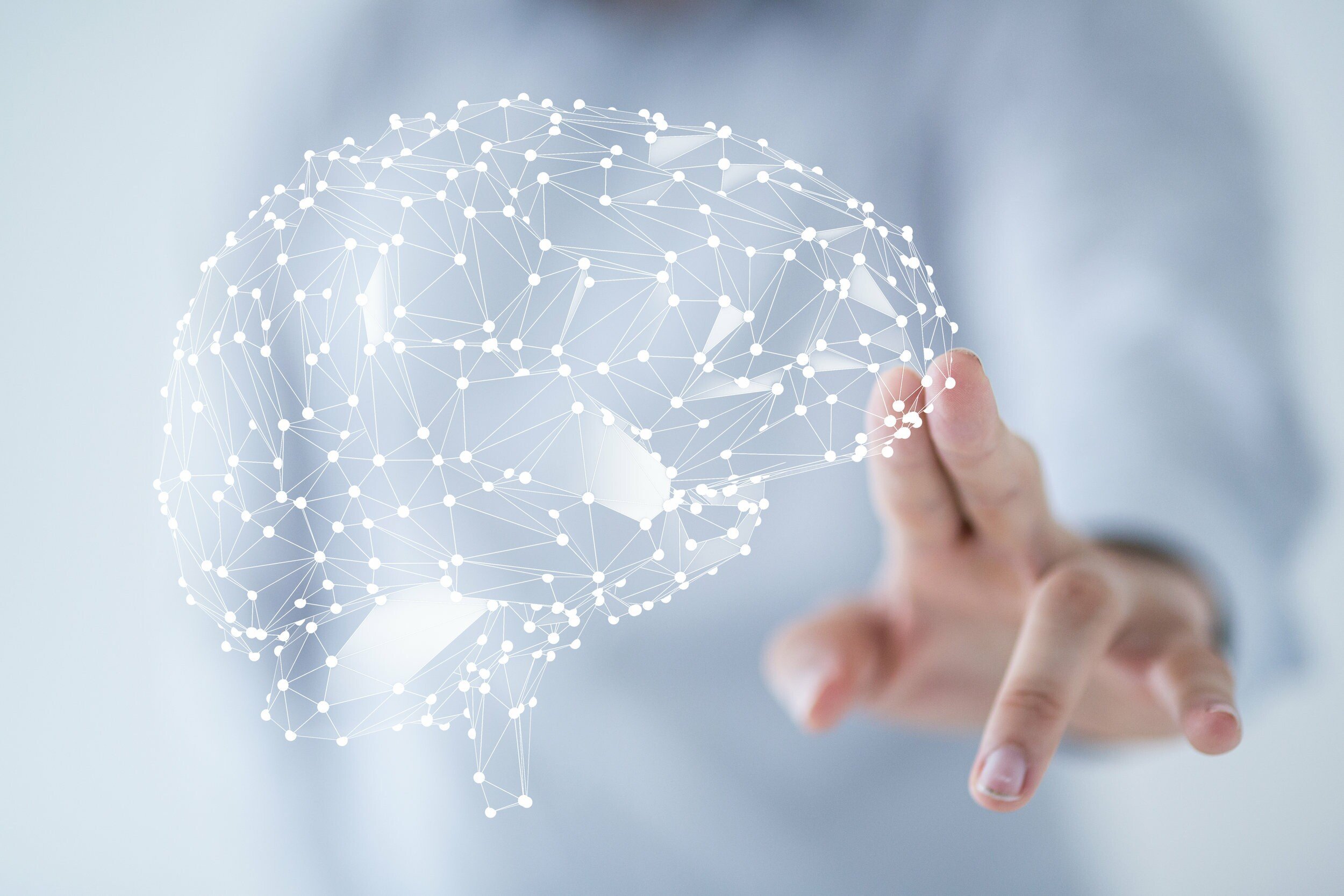
Spinal Decompression
Were you aware that 80% of adults experience lumbar pain at least once in their lifetime, and of these cases, 80% of structures causing lumbar pain are related to intervertebral discs?
With these odds, it’s important that you are prepared for where to seek treatment should this pain pop up at any time!
Non-surgical spinal decompression is often the answer for people who are suffering from sciatica, facet syndrome, bulging or herniated discs, or even some cases of degenerative arthritis.
Nonsurgical spinal decompression therapy is a type of motorized traction that helps relieve back pain and/or leg pain. Spinal decompression works by precisely targeting the vertebral levels causing the pain and creating a negative pressure in the disc. This in turn helps promote movement of water and nutrient-rich fluids into the discs so they can heal. While not every person is a perfect candidate for spinal decompression, its worth being examined.
Manage your sciatica once and for all!
Most who are polled think that Sciatica is a senior-only problem and are surprised to learn that Sciatica has been reported to occur in 1 to 10% of the population, most commonly in people age 25 to 45 years old!
Are you equally as surprised?
It turns out that prolonged sitting or lying on the buttocks, pelvic fractures, gunshot wounds, and other trauma to the buttocks or thighs are the most common cause of sciatica pain. Though, spinal stenosis (which occurs as people get older) can put pressure on both sides of the sciatic nerve and can result in sciatica on both sides of the body (known as bilateral sciatica).
What makes sciatica a surprising diagnosis is that most of those dealing with the pain cannot recall a specific trauma that caused the symptoms!
This is where functional neurology comes in.
After a comprehensive neurological examination, functional neurologists are able to determine which part of the nervous system is compressed, causing the sciatica symptoms. If there is sensory or motor loss, a Functional Neurologist can order an MRI to further evaluate what is taking place. From here, many different rehabilitation options may be recommended that range from chiropractic adjustments, nerve stimulation, cold laser therapy to spinal decompression and balance rehabilitation.
What treatment should I do for back pain?
If you’re part of the 80% of Americans suffering with back pain, you need to realize that “toughing it out” and skipping a visit to your healthcare provider is a very dangerous game.
Not seeking proper treatment for your pain can worsen the condition in terms of joint degeneration or chronic muscle spasm. If the pain is sensed by your nerves for long enough, the body will adapt to this ‘new normal’ and potentially lessen the pain sensation and adapt to a new, lower functioning level.
Back pain can be a wide variety of problems, but it’s generally recommended to pay a Functional Neurologist a visit if your pain isn’t going away, shoots up the neck or down the leg, is accompanied by tingling or weakness, worse in certain positions, or is partnered with bowel and urination problems.
Treatment for back pain may include chiropractic treatments to enhance the proprioceptive feedback into the nervous system; spinal decompression for disc bulges and herniations, movement based exercises, balance exercises, eye exercises, other sensory stimulation, mental exercise prescription as well as modifications to everyday living and nutritional approaches.
Back pain is no joke and we’re trained and ready to customize our effective therapies to get you back on your feet, pain free.



